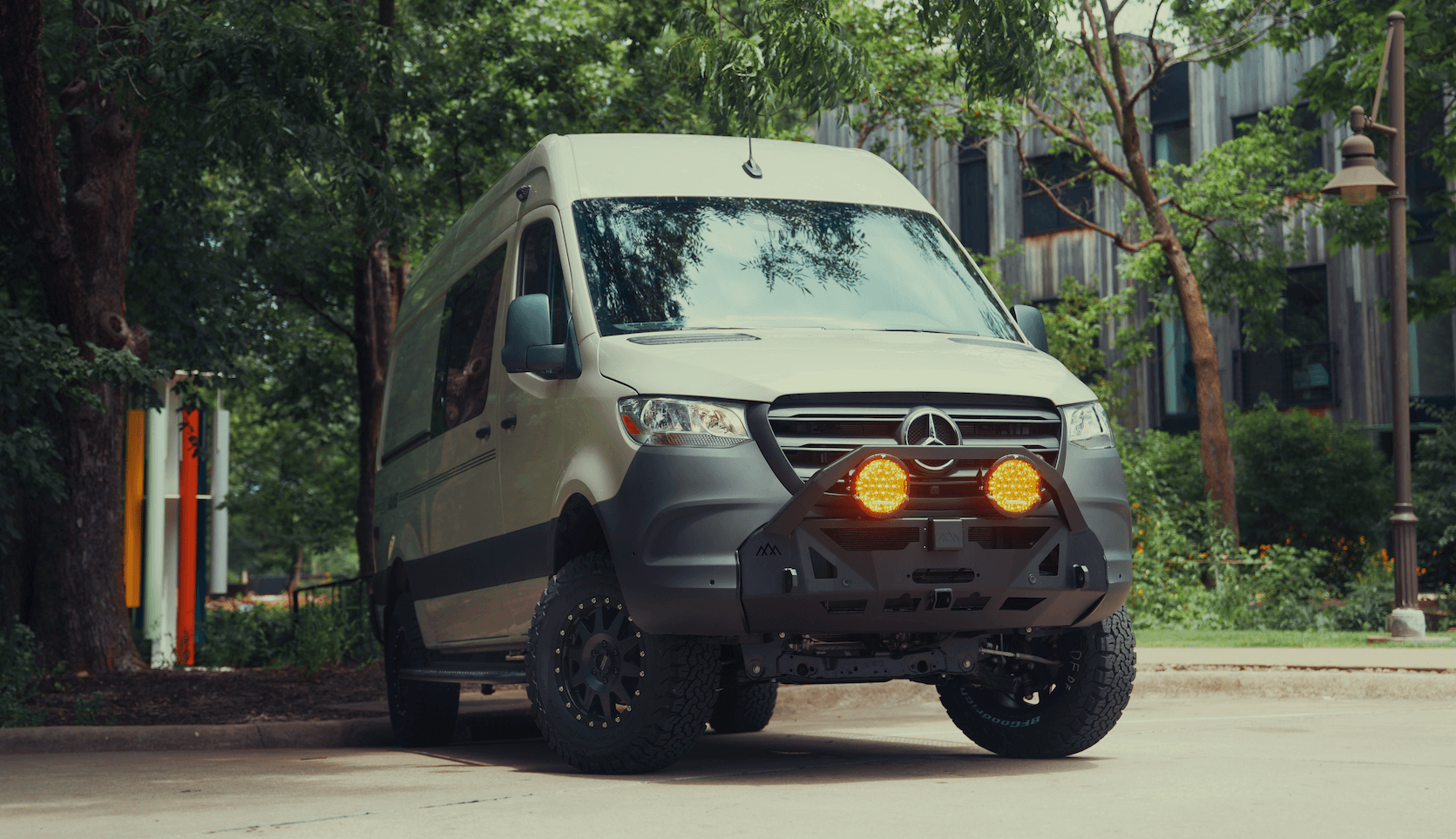Recreational Vans

Vans concentrate cooking, sleeping, and electrical gear in a compact shell, which increases the speed at which smoke can build. A purpose built smoke alarm for van living gives you early warning and precious seconds to exit. Look for models listed to UL 217, the standard for residential smoke alarms, as these are tested for sensitivity and reliability. Because vans often operate in varied climates, prioritize units with a broad operating temperature range and solid vibration resistance. The siren should be at least 85 decibels at ten feet so it can cut through ambient road noise and fans.
Photoelectric sensors detect smoldering fires from wiring, bedding, or upholstery more quickly, while ionization sensors often respond faster to fast flame. A dual sensor unit covers both profiles, but many van owners favor photoelectric because it reduces nuisance alarms from cooking aerosols. Whatever you choose, confirm the listing mark and manufacture date.
Battery models are simple and reliable, especially sealed 10-year lithium units that eliminate yearly swaps. If your van has a 12 volt system with an inverter, you can consider hardwired household alarms with battery backup, but confirm compatibility with your electrical design. Interconnected alarms can be helpful if you separate the garage and cabin, and many wireless versions pair without running cable.
Mount the alarm on the ceiling near the sleeping berth, at least 4 inches from walls and corners to avoid dead air pockets. Keep it several feet from a roof vent, air conditioner, or open window that could blow smoke away from the sensor. Avoid the immediate cooking plume over the stove; place the unit just outside that zone to balance fast detection and fewer nuisance trips. If your layout has a partitioned garage, consider a second unit there, especially if you carry fuel or tools.
Fasteners matter in a vehicle. Use screws into a backing plate or solid substrate rather than adhesive alone, which can loosen with heat cycles and vibration. After mounting, use the test button to verify operation and learn the tone pattern for smoke versus end of life chirps. Add a reminder to test monthly and vacuum the intake screen quarterly to remove dust. Replace the entire alarm at 10 years or sooner if the manufacturer specifies a shorter service life.
Reducing false alarms protects safety because people are less likely to disable a unit that behaves well. Use a model with a hush button that temporarily silences nuisance trips around cooking, and turn on your roof fan while searing or frying. Choose cookware that matches burners and keep lids handy to smother smoke at the source. If you routinely cook high smoke meals, consider a second alarm located farther from the galley as your primary unit, and keep one closer as a backup.
A van cabin should also have a carbon monoxide detector listed to UL 2034, especially if you use a fuel burning heater, cooktop, generator, or park near idling vehicles. Combination smoke and CO detectors simplify installation, but separate units can allow optimal placement heights, since smoke rises while CO mixes more evenly. Follow manufacturer guidance, and if your heater or cooktop manual specifies detector positions, prioritize those instructions.
Nighttime safety benefits from a simple routine. Before bed, check that ventilation paths are clear, switch off unneeded loads, and keep an exit path unobstructed. Store lithium batteries and charging gear on nonflammable surfaces with breathing room. If the alarm sounds, crack a door or window as you exit and use a fire extinguisher only if the fire is small and you have a clear escape route.
Professional integration ties everything together. When planning wiring runs, cabinetry, or ceiling panels, reserve a clean mounting zone for the detector with adequate airflow. If you add interconnected alarms, ensure radio link tests pass with the doors closed and fans running. Document locations and test intervals in your build binder so every traveler knows the drill.
If you prefer expert hands on your safety systems, a pro builder can align smoke and CO detection with your electrical layout, ventilation, and cabinetry. During a new build or an upfit, technicians can prewire for power, add backing behind ceiling panels, and position alarms for both rapid detection and low nuisance rates. They also validate operation after upholstery and paneling are installed.
At OZK Customs, we design vans that treat safety as a system. From detector placement to airflow planning and power backup, our approach folds protection into the build so it works quietly in the background and speaks up the moment it should.
Ready to pair safety with a thoughtful van layout? We can integrate smoke and CO detection into your custom build or partial upfit, test it at handoff, and show you exactly how it works.
Ready to make your van safer and smarter? Talk with OZK Customs about professional smoke and CO detection integration during your upfit or full build. Our team designs, installs, and tests systems that fit your layout and power architecture. Start your build conversation today.
ADDRESS:
6159 E Huntsville Rd, Fayetteville, AR 72701
PHONE:
(479) 326-9200
EMAIL:
info@ozkvans.com